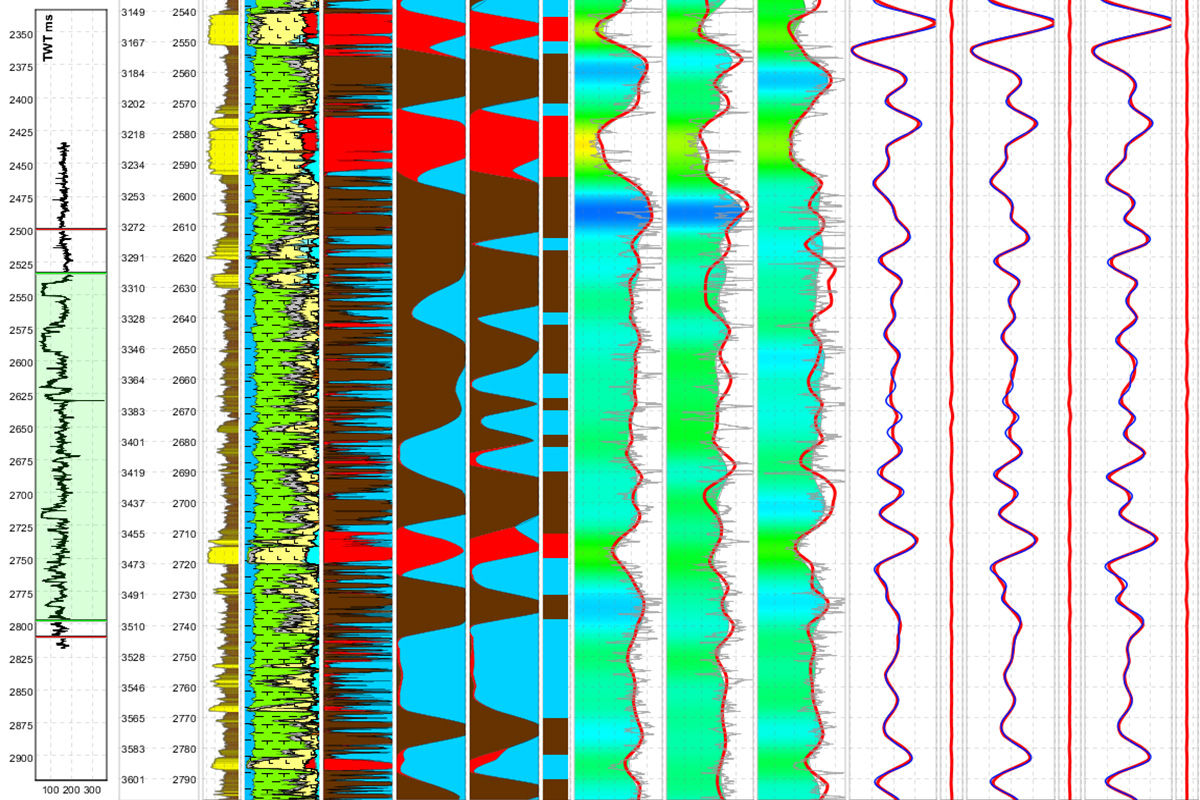
DUG
West Perth, Western Australia, Australia
DUG
!
One-stop geoscience shop. Technologies so cutting edge you could almost call them super powers! What could they do for your data?
About DUG
DUG is an ASX-listed technology company, headquartered in Australia, that is built on a strong foundation of applied science and a history of converting research into practical, real-world solutions. DUG delivers tailored geoscience services and software, reliable cloud-based high-performance computing (HPC), and novel immersion-cooling systems, all backed by bespoke support.
DUG provides a comprehensive geoscience offering backed by over two decades of experience and a focus on R&D. DUG maximises the value of seismic data enabling clients to minimise risk and make more-informed decisions. DUG recently released its latest breakthrough technology — elastic multi-parameter FWI imaging — reaffirming its position at the forefront of geoscientific innovation.
DUG’s proprietary immersion-cooling technology has been refined through production use, at scale, for over a decade. It is sold globally as part of an exclusive licence agreement and is the cornerstone of DUG’s modular, edge-computing solution.
DUG is a global company with offices in Perth, London, Houston, Kuala Lumpur and Abu Dhabi, supporting a diverse industrial client-base. DUG designs, owns, and operates a network of some of the largest supercomputers on Earth. The company continues to invest and innovate, working towards a climate-positive future.
Description of Services
Our company, originally named DownUnder GeoSolutions, was incorporated by co-founders, Matthew Lamont and Troy Thompson, in Perth, Western Australia in 2003 to provide high-performance compute solutions for scientific data analysis. Matt and Troy built our first office themselves – a shed in Matt’s backyard. Our DUG service business grew rapidly, with a focus on the international market from the outset. In the early days, Troy worked on quantitative interpretation workflows while Matt concentrated on developing a processing and imaging system for the resources sector. The focus was not only on functionality, but on integration within an interactive interpretation system. This culminated in our DUG Insight software suite, which due to client demand, was released commercially as an interpretation package in 2009.
Our company has grown from the back shed to having five major international offices in Perth, London, Houston, Kuala Lumpur and Abu Dhabi. We continue to invest in R&D and many of our key technologies are patented or are the subject of patent pending applications. We design, build, own and run some of the most powerful and greenest supercomputers on Earth.
In 2019 we launched our fully-integrated DUG HPC Cloud platform which has enabled us to offer high-performance computing as a service (HPCaaS), scientific data analysis services, and software solutions to a range of scientific sectors outside the resources industry. In that year we also listed on the Australian Stock Exchange (ASX:DUG).
In 2014 we were honoured with the Cecil Green Enterprise Award from SEG in recognition of the risk and innovation that is part and parcel of the DUG story.
In 2019 we were awarded winner of the Enterprise Data Centre Design Award from Data Centre Dynamics. This award recognises innovation in data centre design.
In 2023 we secured A$5 million from the WA Government to build our Geraldton HPC Campus, which at capacity will be home to one of the largest HPC installations in the world.
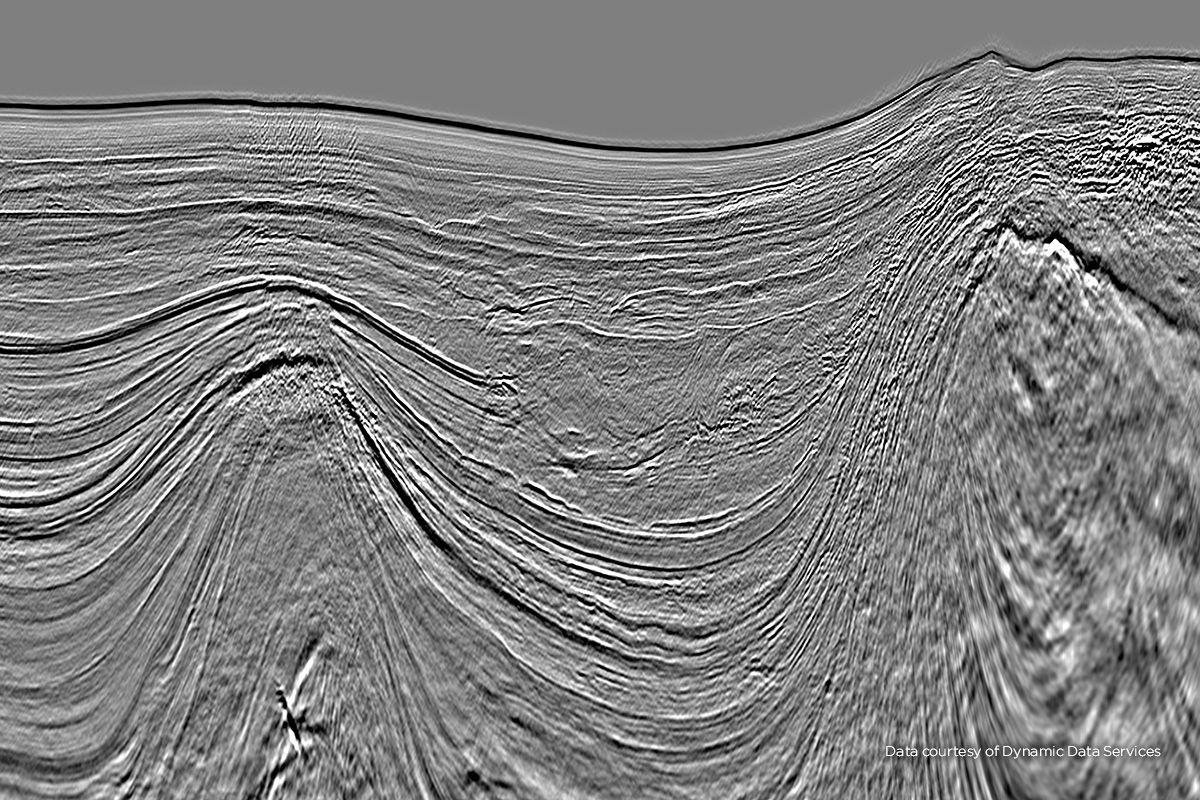
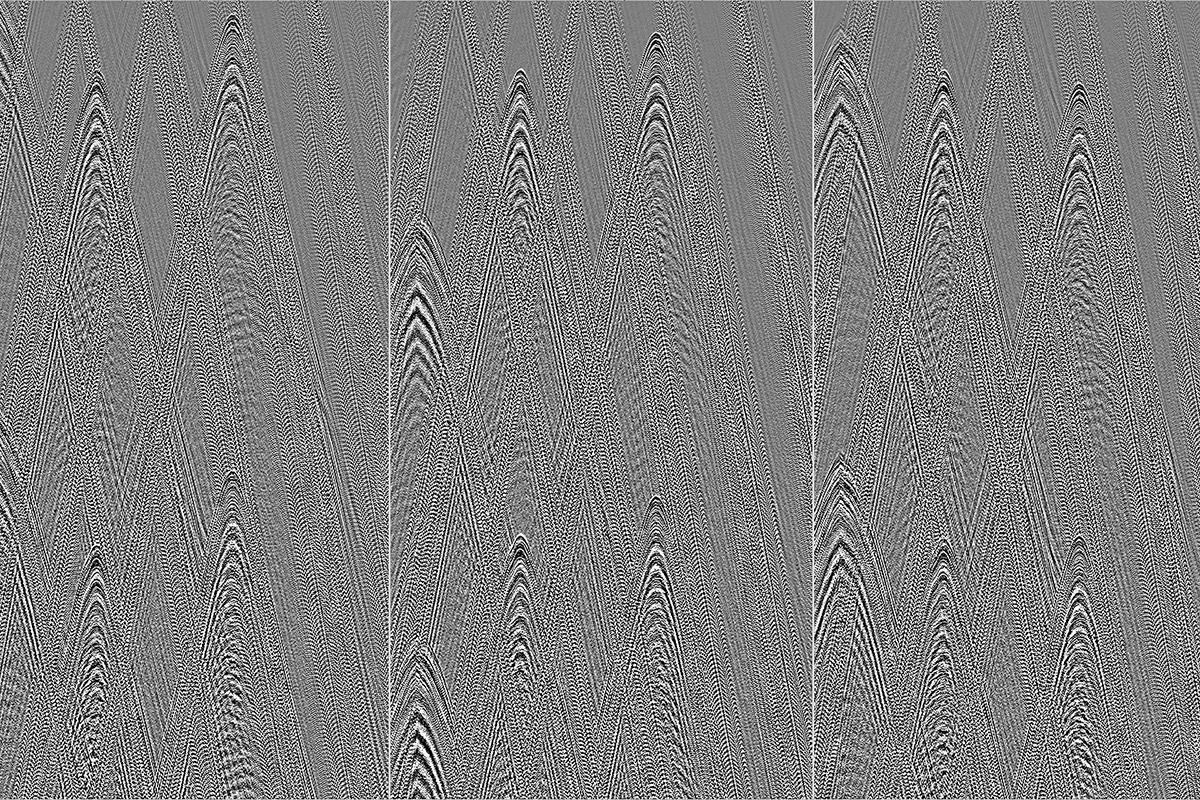
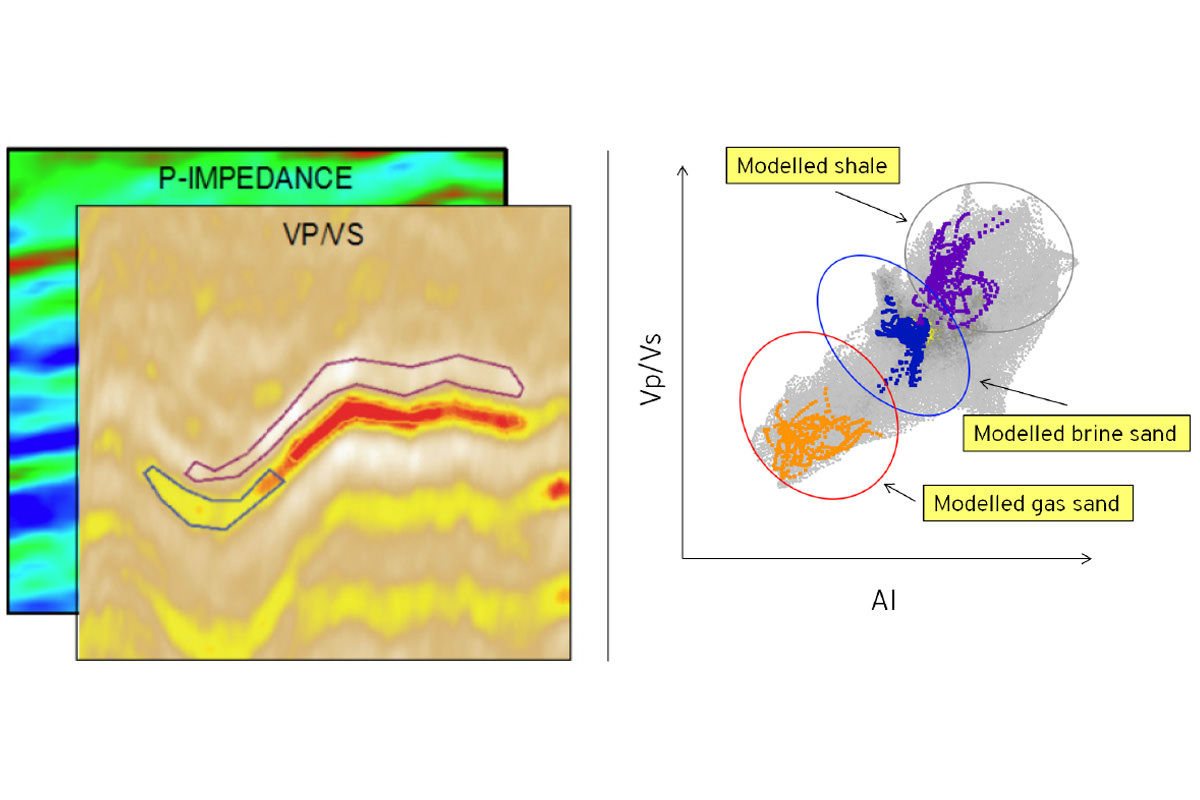
What we do
Geoscience Services:
- Seismic Processing
We are committed to delivering broadband data of the highest quality – ready for quantitative interpretation and tailored to suit the needs of our clients.
We have developed key technologies in deblending, noise removal, deghosting, designature, demultiple, data regularisation, imaging and post-migration processing. Our experienced teams process huge datasets of all types within our own interactive and interpretive processing system.
- DUG Deblend – inversion-based deblending including seismic interference.
- DUG Broad – 1C and 2C wave-equation-based deghosting
- NFH – directional source designature using near-field hydrophone recordings
- 3D SRME/IME – surface-related and interbed multiple elimination respectively
- SW-SRME – 3D surface-related multiple elimination for shallow water
- ISS IME – inverse scattering series interbed demultiple
- Adaptive subtraction – curvelet, time-space domains, pattern matching and machine learning.
- Surface consistent processing for statics, amplitudes and deconvolution
- DUG Reg – 2D/3D/4D/5D interpolation and regularisation
- Multi-azimuth tools including COV processing and anisotropic, azimuthal moveout corrections
- Inverse-Q: AVA-compliant Q compensation
- Post-migration: comprehensive AVA-friendly workflows
- Land-data Processing
A complete toolkit for modern, high-density surveys.
Superior imaging with FWI
In this onshore dataset, significant imaging improvements were obtained with our comprehensive, state-of-the-art pre-processing and velocity model-building workflow using FWI.
Working closely with our client, we were able to significantly improve the quality and resolution of existing data, allowing for a more accurate understanding of the subsurface geology. This area is characterised by faulted sequences of alternating clastics and carbonates, separated by several rugose unconformities.
This project comprised 10 surveys and over 10,500 square kilometres of data.
- DUG Deblend
Realise the full potential of blended acquisition without compromising data quality or amplitude fidelity with our inversion-based deblending algorithm.
Blended seismic acquisition offers improved spatial sampling and increased acquisition efficiency through the use of additional sources and/or reduced source spacing. However, overlapping shots require separation so that they appear as if they have been acquired with no overlap at all.
The simple objective of the DUG Deblend inversion algorithm is to explain all the input data as unblended records so that when re-blended they will accurately reproduce the input. We have developed an industry-leading inversion-based algorithm that performs exceptionally well to recover both weaker and stronger parts of the wavefield even in the most extreme of circumstances. In addition, DUG Deblend is able to handle seismic interference so that multiple acquisition campaigns can operate simultaneously, further increasing efficiency.
- Time-lapse Seismic
Our complete time-lapse processing and imaging toolkit can really make a difference.
Processing toolkit includes:
- Comprehensive time-lapse attribute maps & volumes
- Deterministic deghosting
- Shot-by-shot designature
- Time-lapse co-denoise
- Global & local time-lapse matching
- Multi-attribute time-lapse binning
- Time-lapse de-striping
- Ocean Bottom Seismic
Superior algorithms, superior imaging. Ocean bottom seismic (OBS) surveys are well-sampled, information-rich datasets that enable better geophysics and provide fresh insights about the subsurface. Our combination of industry-leading OBS processing algorithms, massive HPC capacity and highly-experienced geophysicists deliver exceptional results, fast.
- Automated correction — receiver location & orientation, vector fidelity, polarity, source shift, clock-drift
- DUG Deblend — multi-component inversion-based deblending of shot records including seismic interference (exclusive to DUG)
- Regularisation — multi-dimensional shot-carpet regularisation
- Vz denoise — patent-pending approach employing joint sparsity recovery
- P-Z calibration techniques
- Wavefield separation
- Up/down deconvolution — 3D designature, deghosting & multiple attenuation
- Down/down deconvolution — 3D designature, deghosting & multiple attenuation applied to the down-going wavefield (exclusive to DUG)
- Rich-azimuth tools including COV processing & tilted orthorhombic tomography & migration
- Mirror migration
- MP-FWI Imaging
- Full Waveform Inversion (FWI)
DUG Elastic Multi-parameter FWI Imaging: A seismic shift.
Multi-parameter elastic least-squares imaging powered by FWI.
Built for research and production at high frequency with huge datasets on HPC. Leverage superior physics and reduce turnaround time for unsurpassed subsurface characterisation.
- Depth and Least-Squares Imaging
DUG Insight’s extensive imaging toolkit can handle any challenge.
Our innovative and flexible model-building strategies incorporate a range of technologies including full waveform inversion and high-resolution reflection tomography. We offer conventional and least-squares imaging solutions for both Kirchhoff and reverse time migration (RTM).
Kirchhoff migration
Kirchhoff migration uses the integral form of the wave equation (Kirchhoff integral) to back-propagate the seismic wavefield. We offer time and depth and pre- and post-stack solutions including least-squares Kirchhoff pre-stack depth imaging for better illumination, improved resolution and amplitude fidelity.
DUG Wave RTM
DUG Wave reverse-time migration is a two-way, wave-equation depth migration. It is capable of handling extremely complicated structure and abrupt lateral velocity changes.
Features of DUG Wave RTM include:
- Least-squares imaging solutions: LS-RTM and LS-Q-RTM for better illumination, improved resolution and amplitude fidelity and compensation for laterally and vertically varying Q
- Deconvolution imaging condition
- VTI or TTI anisotropy
- Surface-offset gathers (SOG)
- Vector offset output (VOO) for higher SNR images to aid interpretation
- State-of-the-art post-processing toolkit
- Scenario RTM (sRTM) for rapid scenario testing
- Petrophysics
DUG offers specialised petrophysical services for the evaluation of lithology, reservoir properties and fluid content.
Our interpretation techniques are designed to integrate all relevant information including wireline and non-wireline logs, lithological descriptions, core analysis, petrographical studies and well test information. This ensures that an appropriate interpretational model is implemented for your particular area.
Petrophysical workflow
The petrophysical interpretation workflow includes data collection, pre-interpretation, interpretation, and reporting. The work feeds directly into our QI workflow, bringing together multiple disciplines in an integrated approach.
- Quantitative Interpretation
The aim of Quantitative Interpretation (QI) is, through the use of amplitude analysis, to predict lithology and fluid content away from the well bore.
This process should make use of all available data, assist in risk assessment, account for uncertainty and ultimately foster confidence in the predictions.
QI road map
DUG offers two major product lines with respect to Quantitative Interpretation services. The different offerings are tailored to suit the amount and type of input data that is available and what study objectives are required to be met. Each of these products can be applied to both 2D and 3D seismic data.
Depth dependent statistical rock physics
Elastic properties are influenced by depositional environment (lithology type), fluid content and local geological trends (compaction/burial history).
A rock physics model should predict the elastic properties of a potential lithology:
- Away from well control
- At any depth
- Whether or not it has been penetrated
- With various fluid scenarios (where applicable)
- With various reservoir qualities
Stochastic forward modelling
Seismic amplitude and rock property forward modelling is performed stochastically (Monte Carlo simulation), to capture the expected range of responses for all candidate lithology and fluid combinations over the depth range of interest.
DUG Spike® constrained simultaneous inversion
DUG Spike® is a constrained simultaneous inversion toolkit that quantifies the elastic rock properties that result in the observed AVA present in seismic data.
AVA stack rotations
AVA stack rotations are DUG’s equivalent to Extended Elastic Impedance (EEI) and are designed to help discriminate between different AVA responses.
Deterministic forward modelling
Using derived petrophysical interpretations deterministic AVA synthetics can be calculated for different fluid scenarios.
Probabilistic lithology and fluid prediction
The use of a Bayesian classification framework enables prior geological knowledge to be incorporated into a probabilistic prediction, capturing uncertainty and quantifying risk.
- Regional Velocity Models
DUG’s basin-wide velocity model building workflow utilises all available velocity data within an area to create a regionally consistent velocity model suitable for depth conversion.
DUG’s workflow solves the problem of velocity mismatches at line intersections, creating an internally consistent velocity model within each 2D survey. It also corrects for mismatches between overlapping 2D and 3D surveys and surveys of differing vintages.
Inputs include marine and/or land 2D and 3D seismic velocities and well-based velocities (such as checkshot surveys or velocity logs). The workflow solves the problems of velocity mismatches at line intersections within 2D surveys and of combining surveys of differing vintages. As a result of variations in acquisition parameters and processing flows overlapping surveys will often show velocity mismatches. These discrepancies are reconciled using DUG’s velocity conditioning workflows. Regional horizons are used to incorporate structural and stratigraphic constraints into the workflow.
DUG’s Geostatistical Velocity Model Scaling workflow calibrates the regional velocity model to wells, resulting in a final product that can be used for a range of purposes. These include depth conversion of seismic data and horizons, initial input to velocity model building workflows, and quantitative interpretation applications, such as low-frequency model building and pore pressure prediction.
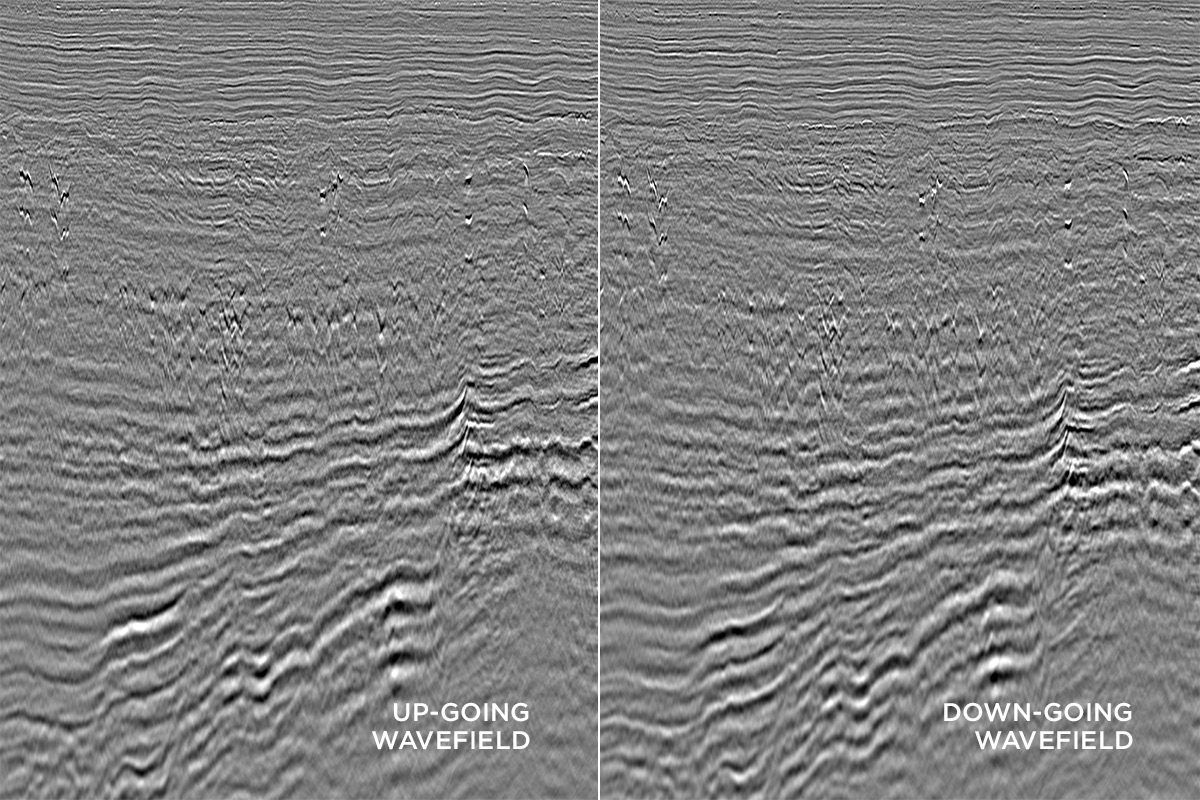
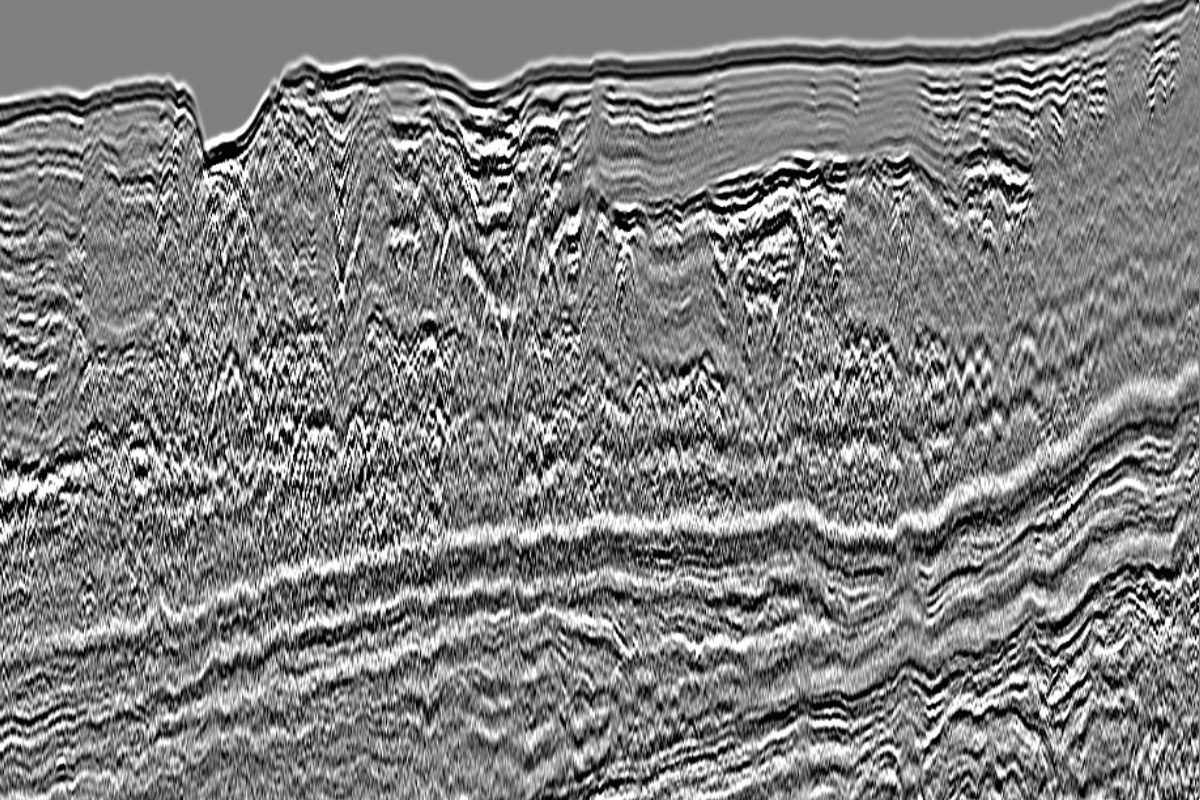
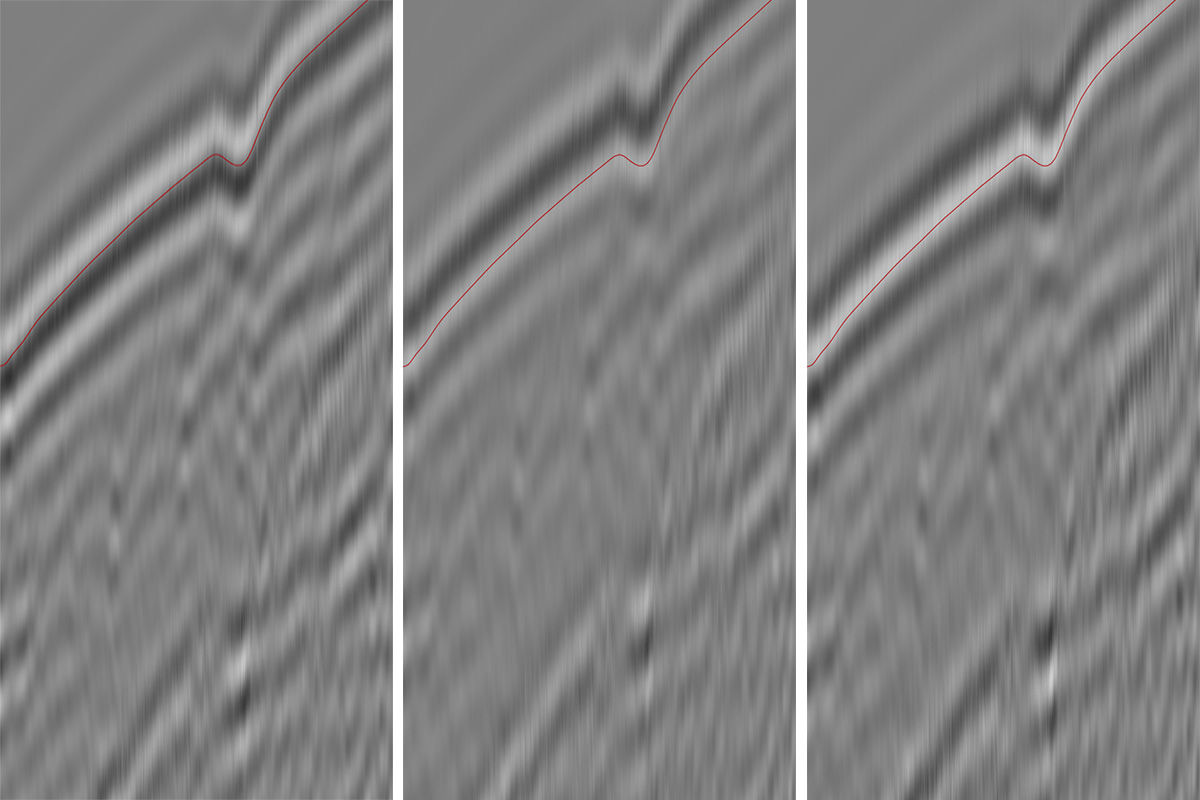
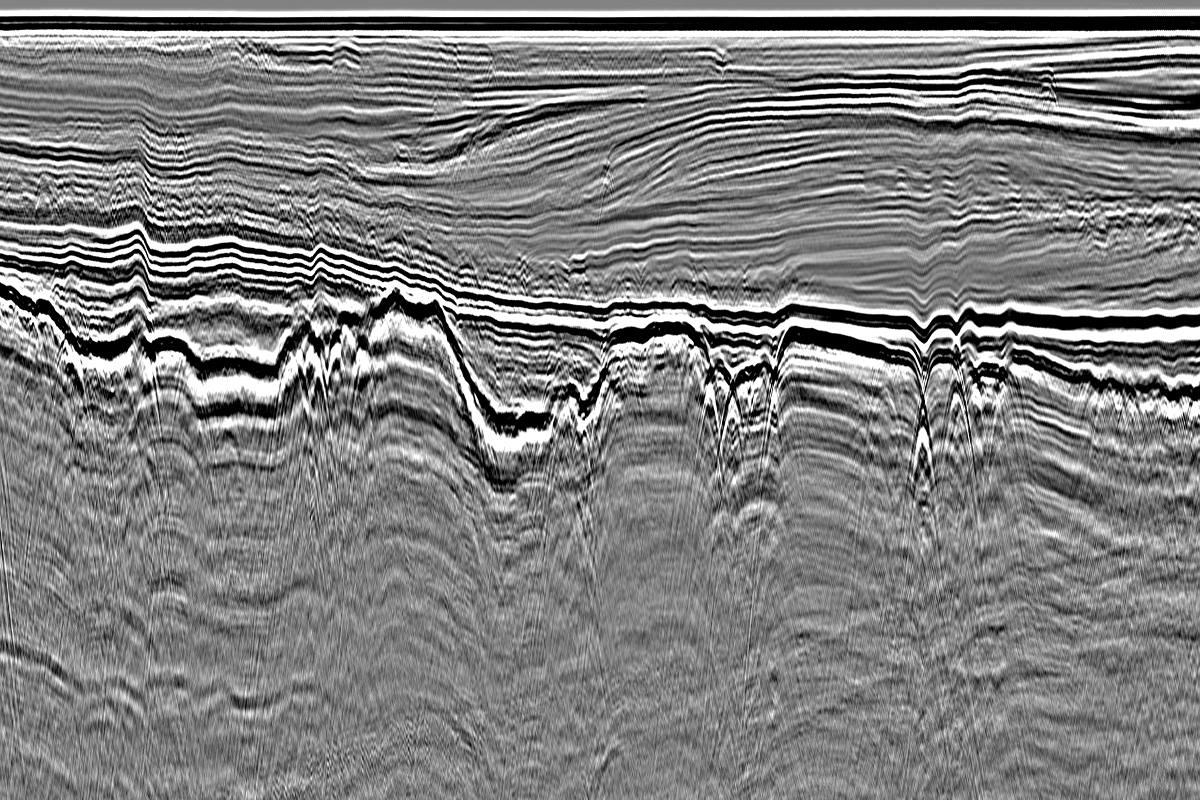
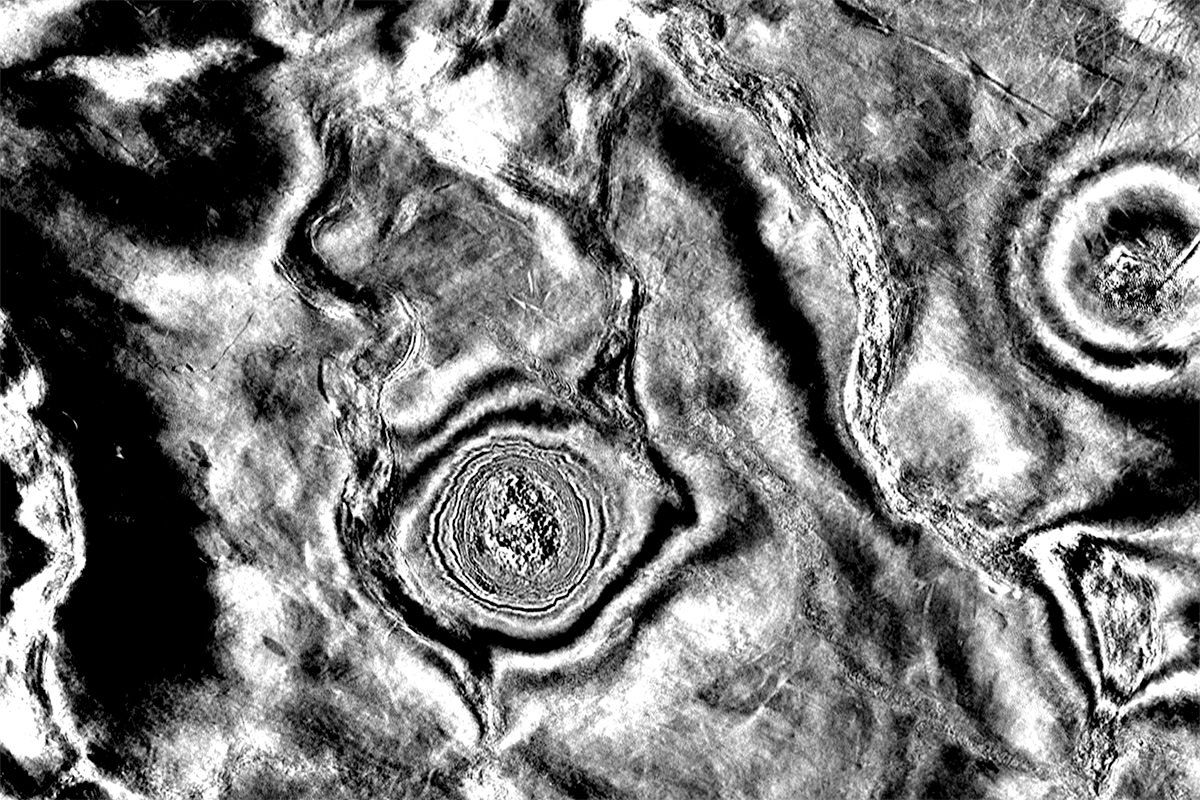
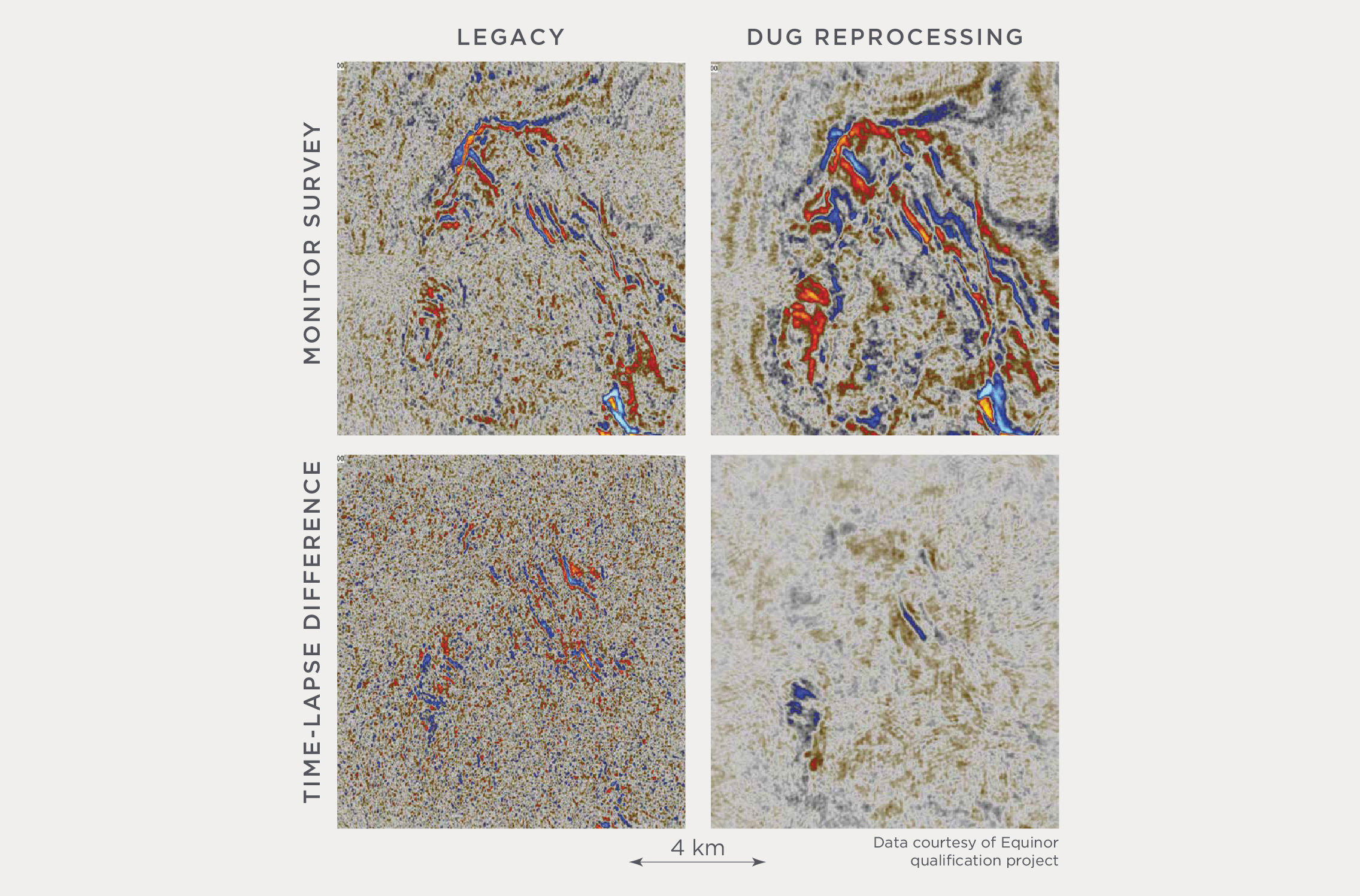
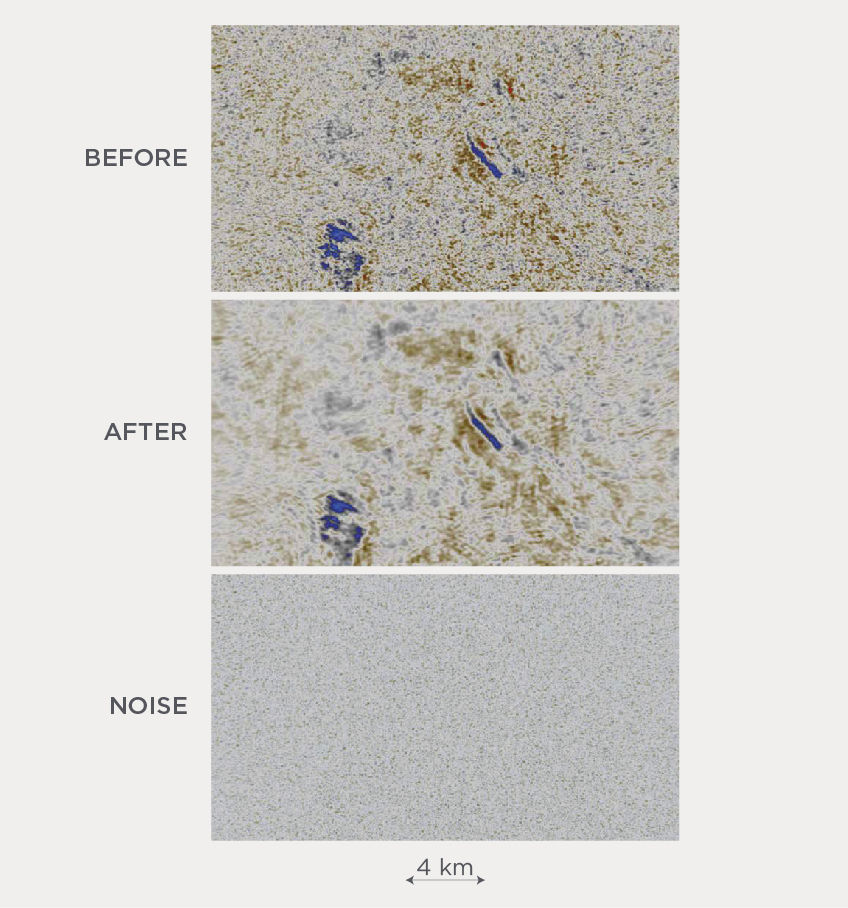
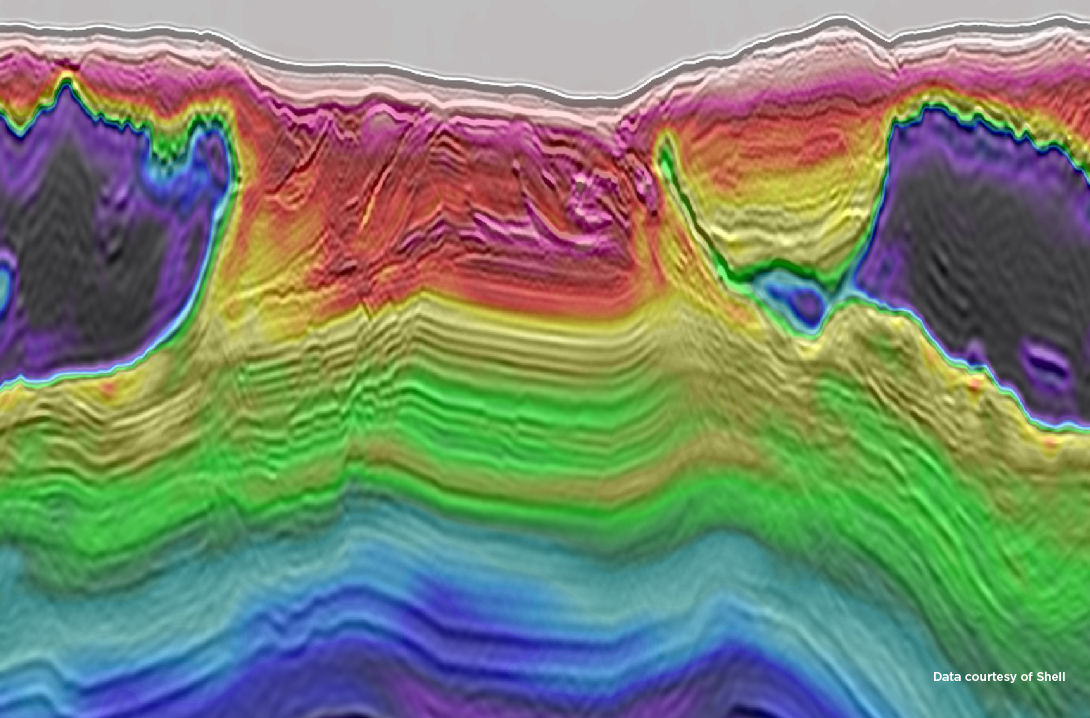
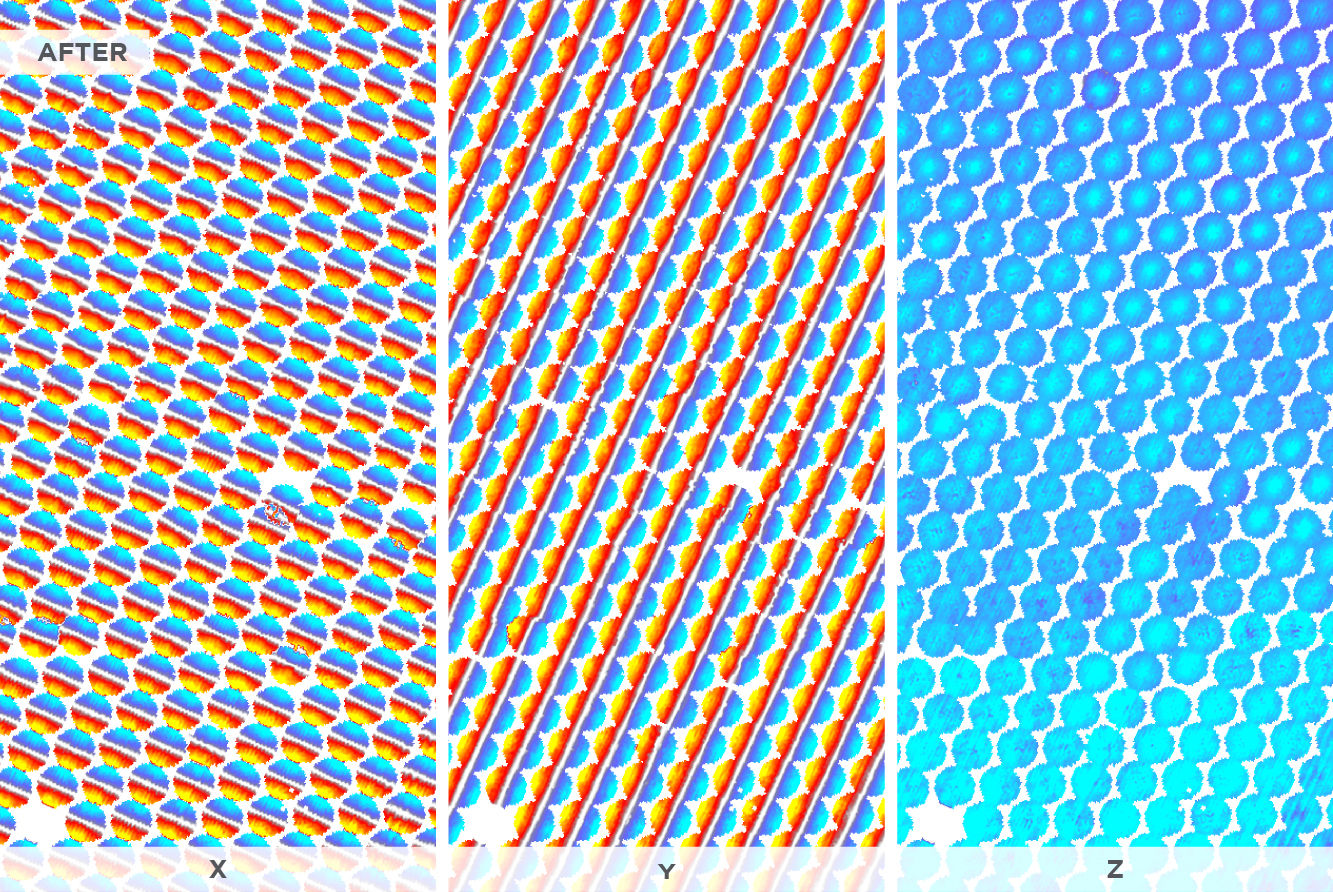
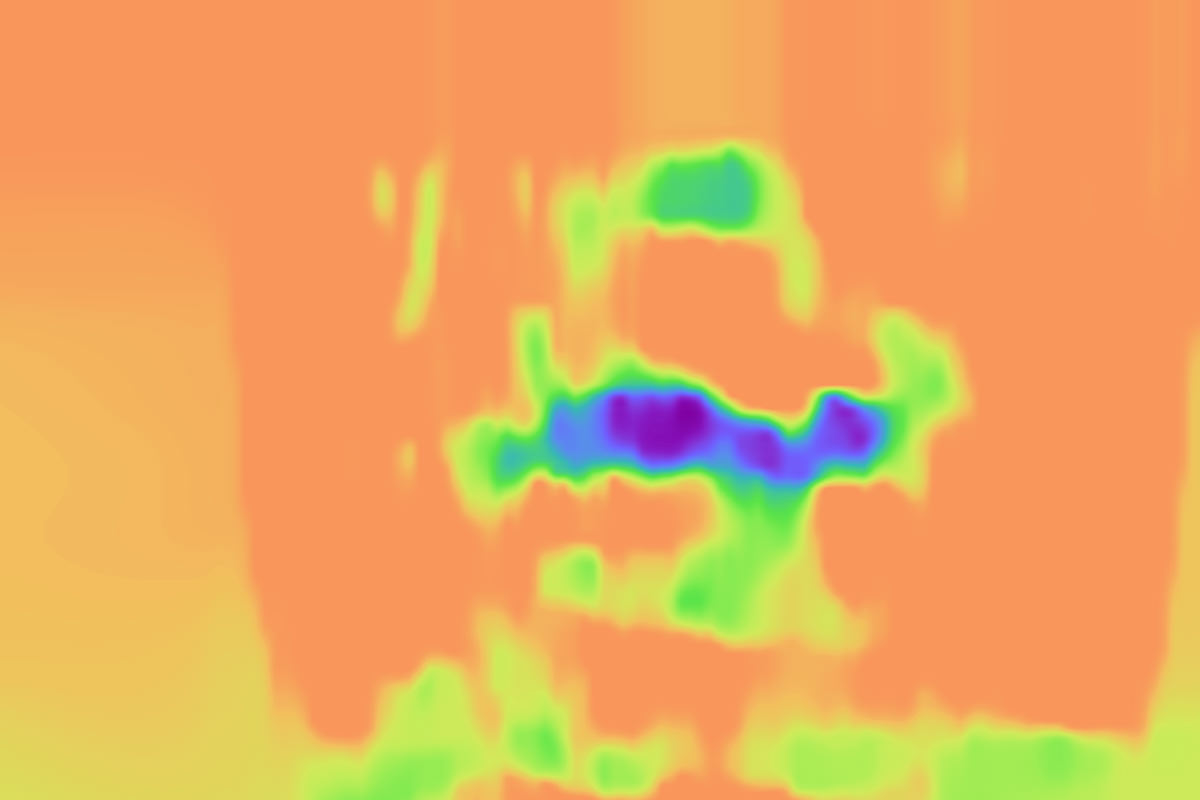
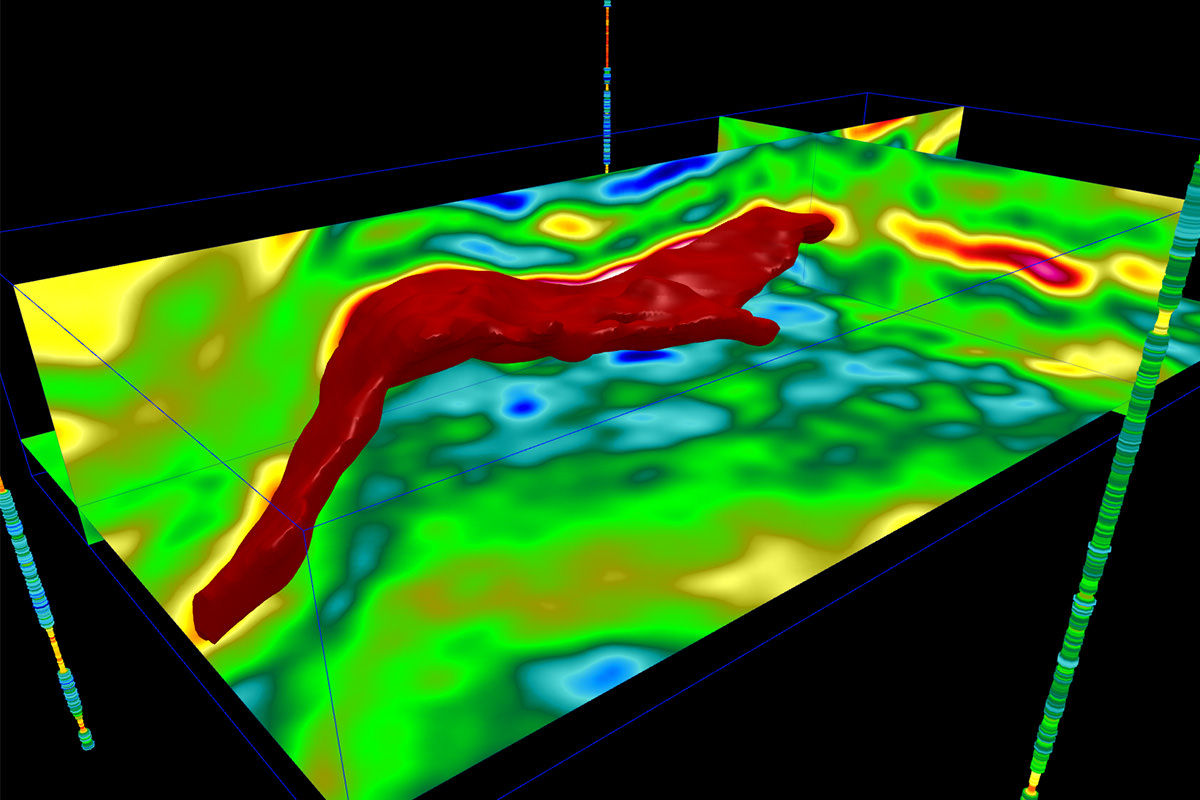
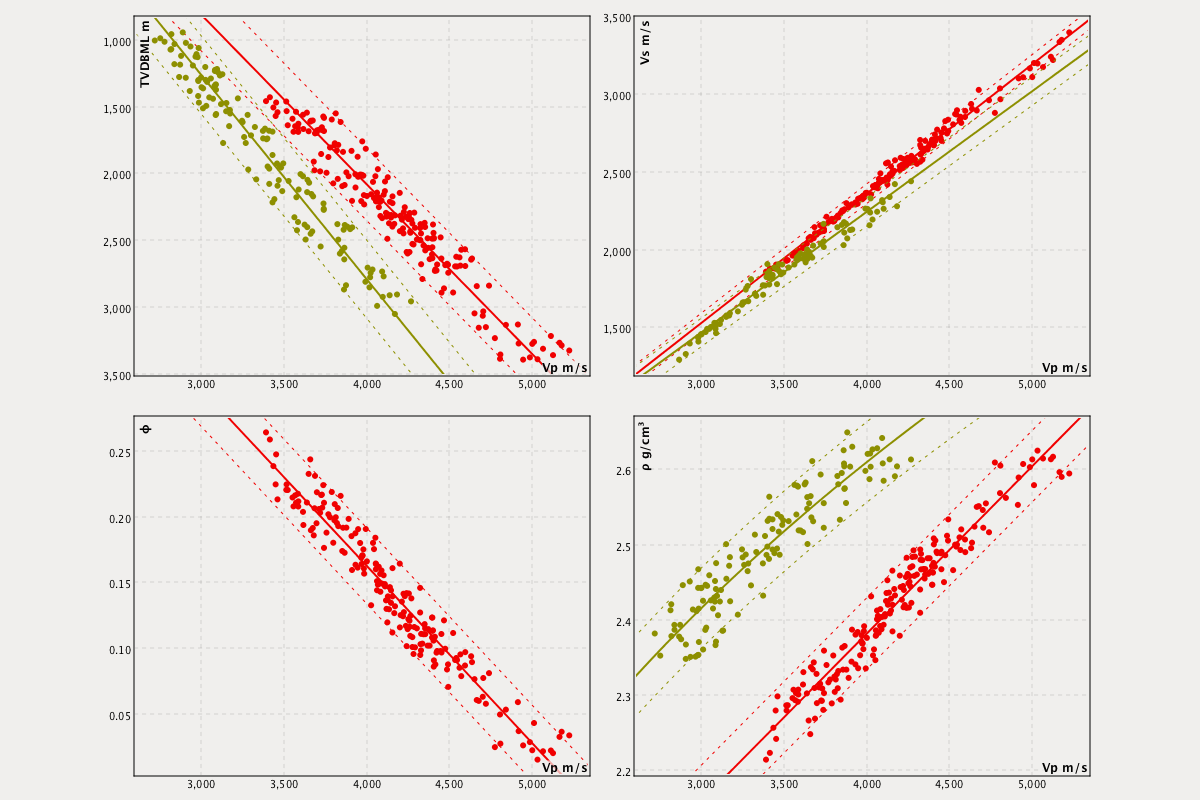
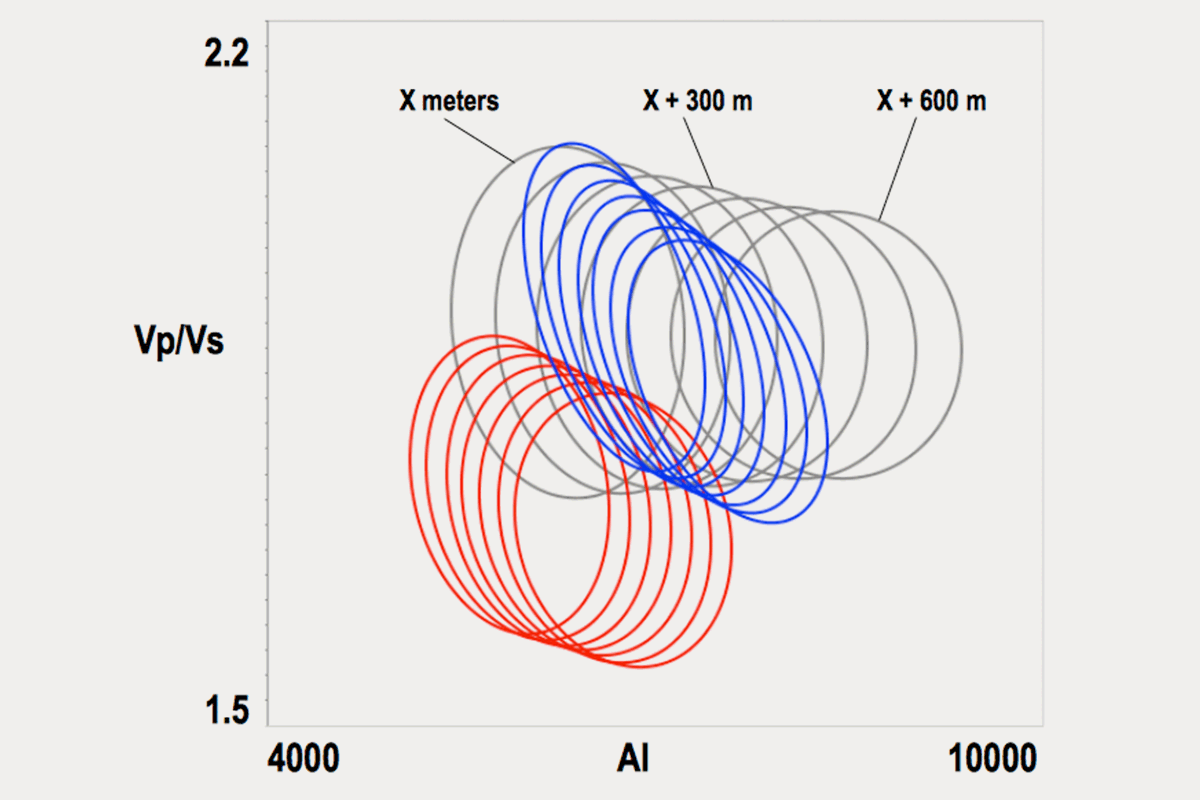
Life at DUG
Data Services
Our data services include on-demand support for data loading, quality control and management to get you up and running fast.
Other “typical” cloud services make the customer responsible for managing basic things such as job queuing, file sharing, and security. Our HPC is ready to run jobs straight away. There are no virtual machines to set up or partitions to configure. The environment is built using familiar HPC components, including standard libraries, queuing, data storage, and more. Plus we have experts on hand to get you completely set up, ready to roll.
- You can transfer your data directly over the internet or use our data loading service and we’ll take care of it for you.
- We have an expert QC team on staff.
- Our custom job management system will track your project from start to finish and ensure there aren’t any costly delays.
